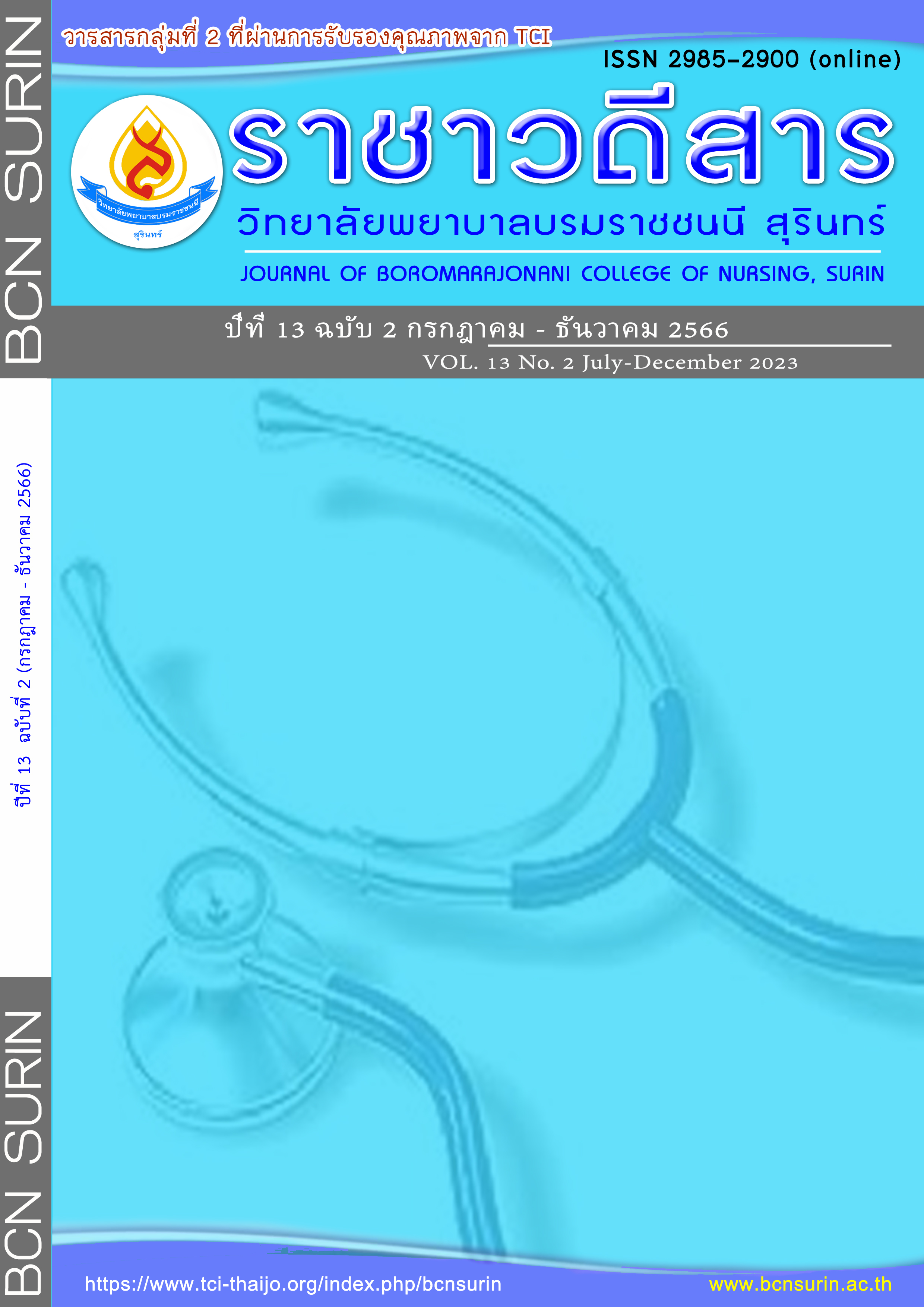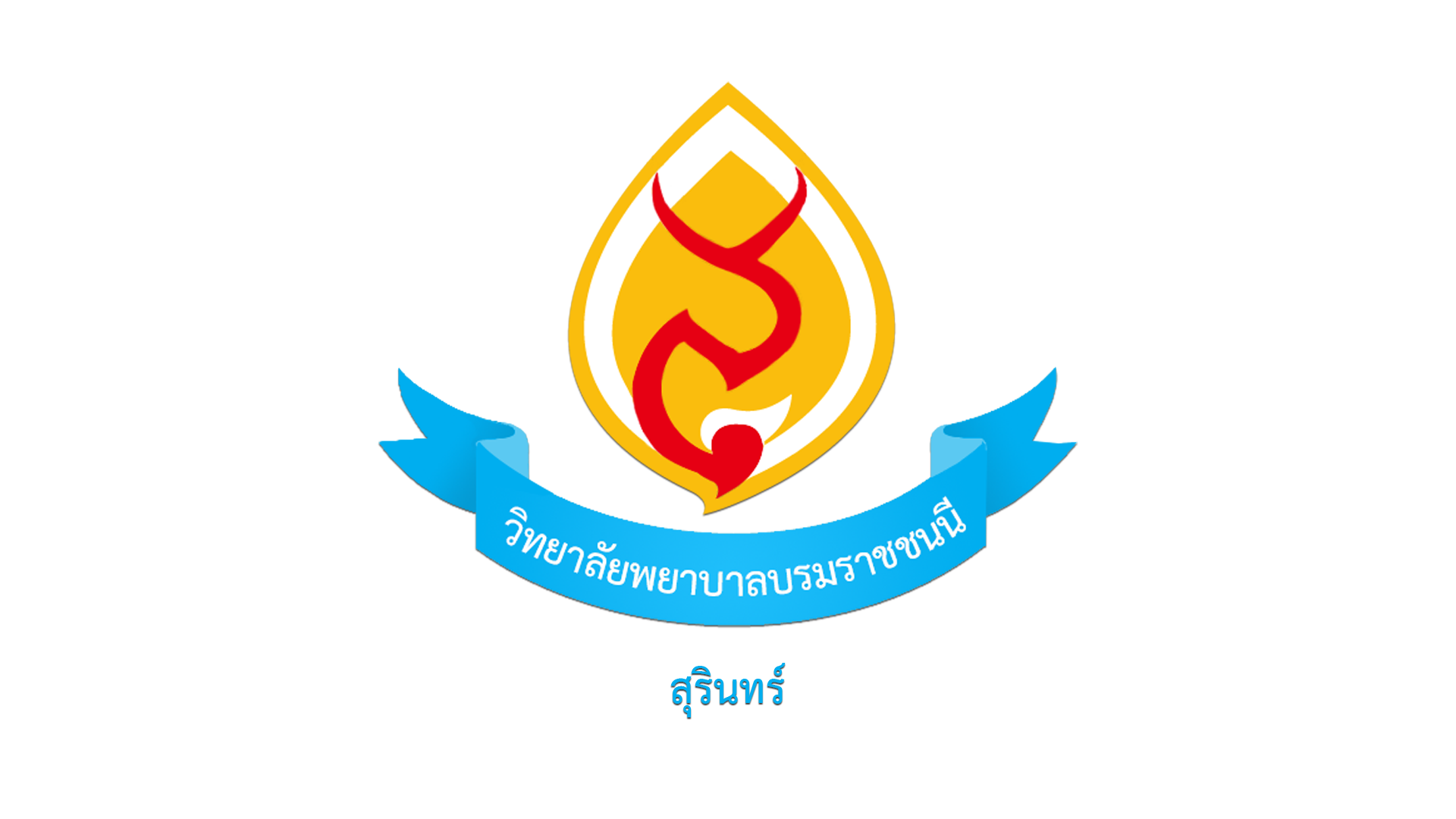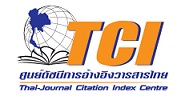บทบาทพยาบาลในการพยาบาลผู้ป่วยโรคหลอดเลือดสมองระยะเฉียบพลัน
คำสำคัญ:
ภาวะสมองขาดเลือดเฉียบพลัน , บทบาทพยาบาล, การพยาบาลบทคัดย่อ
ภาวะสมองขาดเลือดเฉียบพลัน จะทำให้เกิดภาวะสมองขาดออกซิเจน และเนื้อสมองตาย ส่งผลให้อัตราการเสียชีวิตของผู้ป่วยสูงขึ้น ส่วนผู้ที่รอดชีวิตอาจจะมีความพิการที่ส่งผลกระทบต่อการดำเนินชีวิตของผู้ป่วย และครอบครัวได้ บทความนี้มีวัตถุประสงค์เพื่อนำเสนอบทบาทของพยาบาลร่วมกับทีมสหสาขาวิชาชีพในการดูแลผู้ป่วยที่มีภาวะสมองขาดเลือดเฉียบพลันได้อย่างถูกต้องตามมาตรฐานการพยาบาล เพื่อช่วยให้ผู้ป่วยผ่านระยะวิกฤติได้อย่างปลอดภัย สามารถกลับไปพักฟื้นที่บ้านได้ และมีคุณภาพชีวิตที่ดี โดยเนื้อหาได้เน้นบทบาทของพยาบาลในการดูแลผู้ป่วยทั้งด้านร่างกายและจิตใจ ตั้งแต่แรกรับไปจนกระทั่งจำหน่ายออกจากโรงพยาบาล ได้แก่ บทบาทในการคัดกรองผู้ป่วย การประเมินอาการทางระบบประสาท การควบคุมความดันในกะโหลกศีรษะ การจัดการความดันโลหิต การดูแลระบบทางเดินหายใจและการให้ออกซิเจน การให้สารน้ำ การดูแลการรับประทานอาหาร การดูแลการขับถ่าย และการเคลื่อนไหวร่างกาย ส่วนการให้คำแนะนำก่อนกลับบ้านแก่ผู้ป่วยและผู้ดูแลได้เน้นการใช้แบบแผนความเชื่อด้านสุขภาพในการประเมินความเสี่ยงและความเชื่อด้านสุขภาพที่ส่งเสริมการรับรู้โอกาสเสี่ยงที่จะเกิดภาวะสมองขาดเลือดเฉียบพลันรวมถึงข้อมูลการส่งต่อผู้ป่วยไปยังหน่วยบริการที่เหมาะสม
เอกสารอ้างอิง
กระทรวงสาธารณสุข, สำนักงานปลัดกระทรวงสาธารณสุข, กองยุทธศาสตร์และแผนงาน. (2564). สถิติสาธารณสุข พ.ศ. 2563. https://spd.moph.go.th/wp-content/uploads/2022/11/Hstatistics2563.pdf
จินดารัตน์ ชัยอาจ, และประทุม สร้อยวงศ์. (2564). การพยาบาลผู้ป่วยโรคหลอดเลือดสมอง. ใน ประทุม สร้อยวงศ์ (บรรณาธิการ), การพยาบาลอายุรศาสตร์ (หน้า 327-342). โครงการตำราคณะพยาบาลศาสตร์ มหาวิทยาลัยเชียงใหม่.
ทรงชัย ชินวัฒนกุล. (2563, 31 มกราคม). โรคหลอดเลือดสมองตีบ แตก ตัน ยิ่งรู้เร็ว ยิ่งมีโอกาสรอด. บริษัทสมิติเวช จำกัด (มหาชน). https://www.samitivejhospitals.com/th/article/detail/โรคหลอดเลือดสมอง
ทิพย์ลดา บุญชัย. (2562). Acute Stroke management. Neurology for Non-neurologist [PowerPoint presentation]. http://www.neurothai.org/media/news_file/332-Stroke_management_for_non_neuro-20190821120527.pdf
นิภาพร บุตรสิงห์. (2562). การพยาบาลผู้ป่วยโรคหลอดเลือดสมองระยะเฉียบพลัน. วารสารสภาการพยาบาล, 34(3), 15-29.
เมธาวินี ขุมทอง. (2557). การพัฒนาแนวปฏิบัติการพยาบาลผู้ป่วยที่มีภาวะสมองขาดเลือดเฉียบพลัน. วารสารโรงพยาบาลสกลนคร, 5(1), 13-20.
วัชรพันธ์ วงศ์คำพันธ์, วราภรณ์ ลีลา, และอนัฏฐ์ชา พงษ์บริบูรณ์. (2564). การพัฒนาระบบการดูแลผู้ป่วยโรคหลอดเลือดสมองให้ปลอดภัย. วารสารวิทยาศาสตร์สุขภาพ วิทยาลัยพยาบาลบรมราชชนนี สรรพสิทธิประสงค์, 5(1), 44-50.
อังคณา บุญศรี, และสุกัญญา ทองบุปผา. (2563). ระบบการดููแลผู้ป่วยโรคหลอดเลือดสมองรููปแบบ stroke digital service. วารสารโรงพยาบาลธรรมศาสตร์์เฉลิมพระเกียรติ, 5(3), 36-44.
Bernhardt, J., Godecke, E., Johnson, L., & Langhorne, P. (2017). Early rehabilitation after stroke. Current Opinion in Neurology, 30(1), 48–54. https://doi.org/10.1097/WCO.0000000000000404
Bhaskar, S., Stanwell, P., Cordato, D., Attia, J., & Levi, C. (2018). Reperfusion therapy in acute ischemic stroke: dawn of a new era?. BMC neurology, 18(1), 8. https://doi.org/10.1186/s12883-017-1007-y
Cheng, A., Magid, D. J., Auerbach, M., Bhanji, F., Bigham, B. L., Blewer, A. L., Dainty, K. N., Diederich, E., Lin, Y., Leary, M., Mahgoub, M., Mancini, M. E., Navarro, K., & Donoghue, A. (2020). Part 6: Resuscitation Education Science: 2020 American Heart Association Guidelines for Cardiopulmonary Resuscitation and Emergency Cardiovascular Care. Circulation, 142 (16_suppl 2), S551–S579. https://doi.org/10.1161/CIR.0000000000000903
Hong K. S. (2017). Blood pressure management for stroke prevention and in acute stroke. Journal of stroke, 19(2), 152–165. https://doi.org/10.5853/jos.2017.00164
Kirchberger, I., Wallner, F., Linseisen, J., Zickler, P., Ertl, M., Naumann, M., & Meisinger, C. (2022). Factors associated with early and late post-stroke fatigue in patients with mild impairment. Results from the Stroke Cohort Study Augsburg. Frontiers in neurology, 13, 852486. https://doi.org/10.3389/fneur.2022.852486
Kleindorfer, D. O., Towfighi, A., Chaturvedi, S., Cockroft, K. M., Gutierrez, J., Lombardi-Hill, D., Kamel, H., Kernan, W. N., Kittner, S. J., Leira, E. C., Lennon, O., Meschia, J. F., Nguyen, T. N., Pollak, P. M., Santangeli, P., Sharrief, A. Z., Smith, S. C., Jr, Turan, T. N., & Williams, L. S. (2021). 2021 Guideline for the prevention of stroke in patients with stroke and transient ischemic attack: A guideline from the American Heart Association/American Stroke Association. Stroke, 52(7), e364–e467. https://doi.org/10.1161/STR.0000000000000375
Morgado-Pérez, A., Coll-Molinos, M., Valero, R., Llobet, M., Rueda, N., Martínez, A., Nieto, S., Ramírez-Fuentes, C., Sánchez-Rodríguez, D., Marco, E., Puig, J., & Duarte, E. (2023). Intensive rehabilitation program in older adults with stroke: Therapy content and feasibility-preliminary results from the BRAIN-CONNECTS study. International journal of environmental research and public health, 20(6), 4696. https://doi.org/10.3390/ijerph20064696
National Health Care Provider Solutions. (2019). The 8 Ds of stroke care. https://www.careercert.com/articles/stroke/the-8-ds-of-stroke-care/
Nilanont, Y., Phattharayuttawat, S., Chiewit, P., Chotikanuchit, S., Limsriwilai, J., Chalernpong, L., Yamkaew, N., Lirathpong, N., Anprasertporn, P., Komoltri, C., Prayoonwiwat, N., & Poungvarin, N. (2010). Establishment of the Thai Version of National Institute of Health Stroke Scale (NIHSS) and a validation study. Journal of the Medical Association of Thailand, 93 (Suppl 1), S171–S178.
Powers, W. J., Rabinstein, A. A., Ackerson, T., Adeoye, O. M., Bambakidis, N. C., Becker, K., Biller, J., Brown, M., Demaerschalk, B. M., Hoh, B., Jauch, E. C., Kidwell, C. S., Leslie-Mazwi, T. M., Ovbiagele, B., Scott, P. A., Sheth, K. N., Southerland, A. M., Summers, D. V., & Tirschwell, D. L. (2019). Guidelines for the early management of patients with acute ischemic stroke: 2019 update to the 2018 guidelines for the early management of acute ischemic stroke: A Guideline for healthcare professionals from the American Heart Association/American Stroke Association. Stroke, 50(12), e344–e418.
Shao, L., Hong, F., Zou, Y., Hao, X., Hou, H., & Tian, M. (2015). Hypertonic saline for brain relaxation and intracranial pressure in patients undergoing neurosurgical procedures: a meta-analysis of randomized controlled trials. PloS one, 10(1), e0117314. https://doi.org/10.1371/journal.pone.0117314
Sim, J., Gray, R., Nevatte, T., Howman, A., Ives, N., & Roffe, C. (2014). Statistical analysis plan for the Stroke Oxygen Study (SO₂S): a multi-center randomized controlled trial to assess whether routine oxygen supplementation in the first 72 hours after a stroke improves long-term outcome. Trials, 15, 229. https://doi.org/10.1186/1745-6215-15-229
Son, S. B., Chung, S. Y., Kang, S., & Yoon, J. S. (2017). Relation of Urinary Retention and Functional Recovery in Stroke Patients During Rehabilitation Program. Annals of rehabilitation medicine, 41(2), 204–210. https://doi.org/10.5535/arm.2017.41.2.204
Virani, S. S., Alonso, A., Benjamin, E. J., Bittencourt, M. S., Callaway, C. W., Carson, A. P., Chamberlain, A. M., Chang, A. R., Cheng, S., Delling, F. N., Djousse, L., Elkind, M. S. V., Ferguson, J. F., Fornage, M., Khan, S. S., Kissela, B. M., Knutson, K. L., Kwan, T. W., Lackland, D. T., Lewis, T. T., … American Heart Association Council on Epidemiology and Prevention Statistics Committee and Stroke Statistics Subcommittee. (2020). Heart disease and stroke statistics-2020 update: A report from the American Heart Association. Circulation, 141(9), e139–e596. https://doi.org/10.1161/CIR.0000000000000757
World Stroke Organization. (2022). Stroke annual report 2022. https://www.world-stroke.org/assets/downloads/WSO_Annual_Report_2022.pdf
ดาวน์โหลด
เผยแพร่แล้ว
รูปแบบการอ้างอิง
ฉบับ
ประเภทบทความ
สัญญาอนุญาต
ลิขสิทธิ์ (c) 2023 ราชาวดีสาร วิทยาลัยพยาบาลบรมราชชนนี สุรินทร์

อนุญาตภายใต้เงื่อนไข Creative Commons Attribution-NonCommercial-NoDerivatives 4.0 International License.
เนื้อหาและข้อมูลในบทความที่ตีพิมพ์ในราชาวดีสาร วิทยาลัยพยาบาลบรมราชชนนี สุรินทร์ ถือเป็นข้อคิดเห็นและความรับผิดชอบของผู้เขียนบทความโดยตรง ซึ่งกองบรรณาธิการวารสารไม่จำเป็นต้องเห็นด้วย หรือร่วมรับผิดชอบใดๆ
บทความ ข้อมูล เนื้อหา รูปภาพ ฯลฯ ที่ได้รับการตีพิมพ์ในราชาวดีสาร วิทยาลัยพยาบาลบรมราชชนนี สุรินทร์ หากบุคคลหรือหน่วยงานใดต้องการนำทั้งหมดหรือส่วนหนึ่งส่วนใดไปเผยแพร่หรือกระทำการใดๆ จะต้องได้รับอนุญาตเป็นลายลักษณ์อักษรจากราชาวดีสาร วิทยาลัยพยาบาลบรมราชชนนี สุรินทร์ ก่อนเท่านั้น







